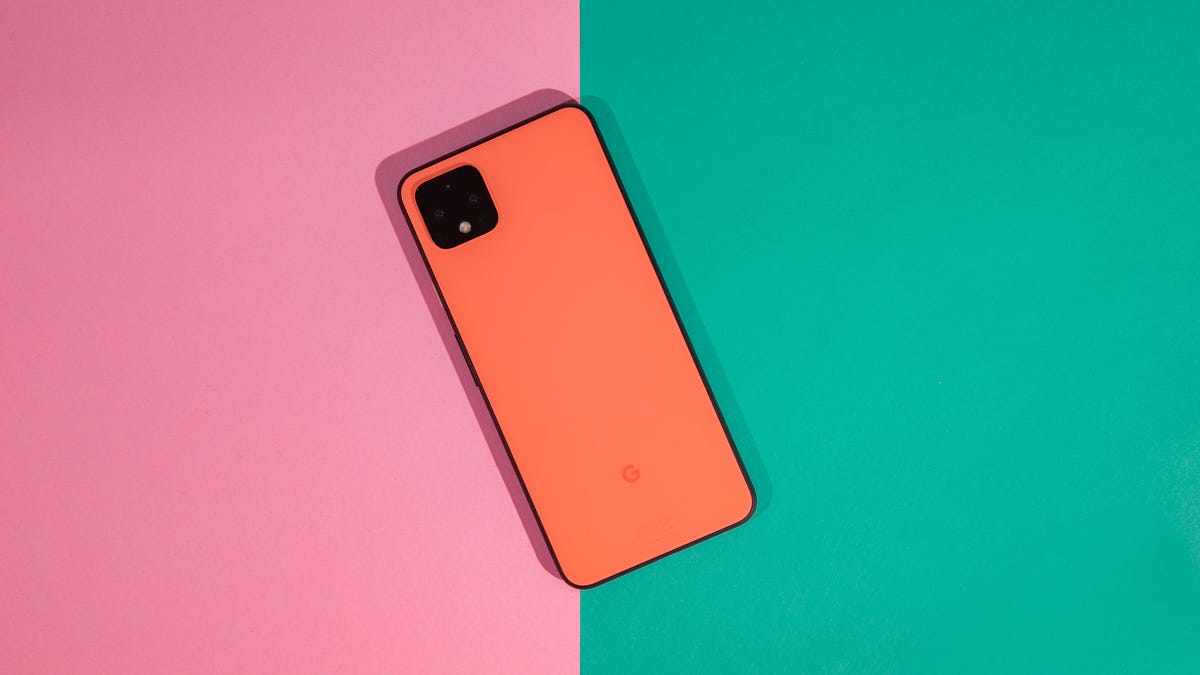The Google Phone app on Android helps root out spam calls. Here's what you need to know
The free app for all Android phones will let you know who, and potentially why, a random phone number is calling.

Verified Calls is rolling out to more devices, but it might take a few weeks.
Android users will soon have another tool to help in the fight against robocalls and spam calls. Last week, Google announced the company's Phone app will add a new Verified Calls feature to tell you not only what business is calling you, but why they're calling. Knowing that an unknown number is really who it claims to be is designed to help keep you from falling into common schemes where crooks pose as legitimate businesses to swindle you for sensitive information or money.
Google's move is the latest in an industry-wide effort by the federal government and private tech companies, including T-Mobile, Apple and a cohort of wireless carriers to reduce automated, spam and scam calls people receive on their phones, some of which break established consumer protection laws. In 2019, robocalls reached an all-time high of 58.5 billion, according to YouMail, a company that provides blocking services.
Verified Calls complements Google's earlier attempt to rein in robocalling through a call-screening feature that leans on Google Assistant to help identify calls. Below, we'll walk you through what we know about this new Verified Calls feature, and how to get it.
What is Verified Calls for Google Phone?
An amped-up version of caller ID, the feature checks if a call is indeed originating from a participating business. When you receive an incoming call from a verified business, you'll see the business name, logo, a verification badge and a reason why the company is making the call -- as long as the business provides this.
For example, a restaurant delivery service can tell you the driver is lost or that your delivery has arrived. Or the call screen could explain that your airline needs to alert you of a change in flight time. Maybe your bank is calling to verify a large purchase or flag potential fraud. Seeing these reasons is designed to give you confidence in the legitimacy of the caller.
An example of what an incoming call will look like with Google's Verified Calls.
How to get Google's Phone app and how to set it up
Not all Android phone makers, like Samsung , use Google's Phone app out of the box, opting instead for their own dialer. In order to take advantage of the new Verified Calls feature, you'll need to download Google Phone and set it as your default dialer. If you're not prompted to change defaults the first time you open the app, you'll need to go into the Apps section of the settings app and choose it as your default.
Some phone manufacturers, like Google and OnePlus , use Google's app out of the box, while others don't. Here's the easiest way to find out if your phone uses the Google Phone dialer.
- Open the Google Play Store and search for Google Phone. If you already have the app installed, you'll see a button that says Open.
- If you don't have Google Phone, the button will say Install. Click it to initiate the download and install the app. You may need to go into the app settings and make this your default.
- If you see a message saying the app isn't compatible with your device, keep checking. The Phone app will be available on devices running Android 9.0 Pie or newer. Google didn't provide me with a list of supported devices, but did say that it would be available on "many flagship Samsung and LG devices." Again, it's rolling out slowly, so if you don't see the app as available right now, try again every couple of days.
After installing the Phone app on your device, you'll need to open it and tap on the menu button in the top-right corner, select Settings > Caller ID & spam and turn on Verified calls. Then, the next time a participating business calls you, you'll see their caller ID info show up on your screen.
It's also a good idea to double-check that your phone number is added to your Google account. On your Android device, open the Settings app and go to Google > Data & Messaging > Device phone number and check that your phone number is listed. If not, you'll need to add it by tapping on the link below the empty text box.
Instead of having to figure out who is calling, this new feature tells you who and why.
Where will Verified Calls work?
Verified Calls will work in the US, Mexico, Brazil, Spain and India to start. Google will add more countries in the future.
There's still a lot we don't know about Verified Calls, but rest assured, we'll start testing it as soon as we can, updating this post in the process. If you want additional help with getting rid of robocalls, we have some steps you can take. Carriers are also working together on technology that should help reduce spam calls and make features like Verified Calls more prevalent. If you're a T-Mobile customer, make sure you're taking advantage of Scam Shield.

